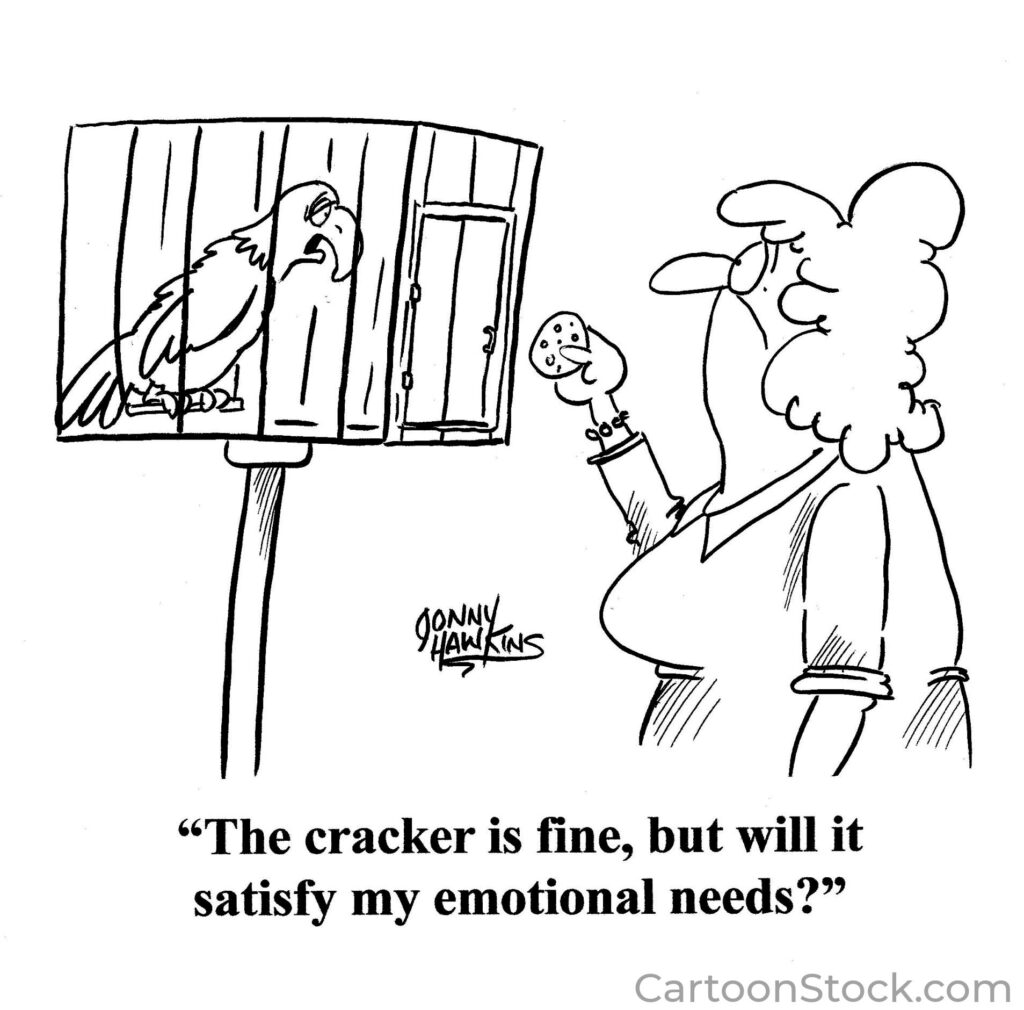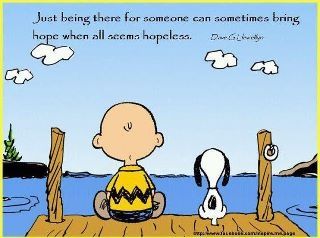
My granddaughter—six-month-old Claire Elise McMinn—lives in our home.
Since babies can’t talk, the only way they communicate when something is amiss is to cry. When Claire cries, she needs something. She’s either hungry, needs a clean diaper, needs a nap (or doesn’t want one), wants to be held, or doesn’t like the position she’s in. It’s really quite simple. We intuit what she’s crying about, meet that need, and she stops crying.
Needs met = happy. Needs unmet = unhappy.
As adults, our needs are more nuanced. Like infants, we have physical needs for food, sleep, and shelter, but we also have emotional needs such as attention, encouragement, support, acceptance, comfort, respect, appreciation, and security. When these needs are met we feel satisfied and blessed; when they’re not, we’re unhappy. It’s really quite simple.
As adults, we have a more sophisticated way to communicate our neediness than infants do—we can verbalize our needs to a friend or family member. But sometimes, even when we communicate our needs in a mature, productive manner we are ignored and neglected and that hurts. If the neglect persists we begin to express our neediness in unproductive ways: we clam up, slam cabinets, become passive-aggressive, say things we shouldn’t, or walk away.
The solution to this dilemma is straightforward. Realize that every human has emotional needs that can only be met by another human. Proactively meet people’s needs, particularly your family members and close friends. Acknowledge your own neediness and allow others to meet your needs. When emotional needs are properly expressed and lovingly met, we feel loved.
Remember this formula: Needs met = happy; needs unmet = unhappy. I double-dog-dare you to be proactive in meeting other people’s emotional needs and notice the marvelous results.



